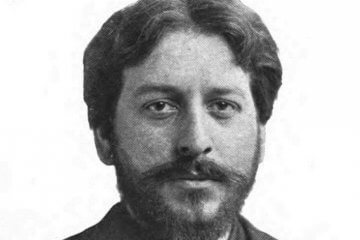In my last post, we discussed the key to teaching any child to read: phonics. So what is the best way to teach phonics?
1. Letters of the Alphabet
Start with the alphabet. Each phonogram should be introduced in isolation on a flash card first. Focus on one letter a week to give sufficient time for mastery. This mastery is attained more quickly and efficiently when the letter sound is taught in isolation, is sounded with a vowel and placed in a word family to read, and then is read in a sentence.
Continue to practice with these flashcards as a warm up before each phonics/reading lesson for several weeks until you are assured of mastery.
Additionally, practice reading simple words containing only letter sounds learned and the new phonograms before reading sentences that have a mix of words already mastered and words with the new phonograms. This practice can be with simple phonetic readers. Practice, practice, practice!
2. Words with Short Vowels
Once a child has learned all the individual letter sounds, teaching short vowel sounds only, give plenty of practice decoding.
Students need focused practice for several weeks reading CVC (consonant, vowel, consonant) words with short vowels.
A few more advanced words must be taught, in whole, in order to make a story possible. We call these Common Words or Sight Words, e.g. “the,” “and,” “what.” Common Words break the phonetic rules already learned or are just too difficult to be sounded out and blended at this point. Have these words written on cards and use as a warm-up activity much like you would use flashcards in math prior to the lesson.
3. Consonant Blends and other Difficult Phonograms
Next introduce consonant blends, the diagraphs th, sh, ch and wh. (At this point it’s appropriate to introduce long vowels with the silent e.) This gives the student a chance to continue practicing their short vowels with the consonant blends and diagraphs but adds the long vowel sounds in a gentle manner.
Teach soft c and g, the three sounds of y, and vowel teams next. After this, the student is ready for more advanced phonograms which can be introduced in the same manner.
Summary
The order in which phonograms should be introduced is outlined in Classical Phonics by Cheryl Lowe. This book is a comprehensive guide to phonetic instruction and an excellent reference for any primary level classroom teacher.
Classical Phonics by Cheryl Lowe. This book is a comprehensive guide to phonetic instruction and an excellent reference for any primary level classroom teacher.
The beginning steps to phonic instruction are:
- alphabet letters, short vowel sounds
- consonant blends, continue with short vowels
- diagraphs (th, sh, ch, wh)
- long vowels with the silent e
- long vowel teams
- soft c, soft g
- three sounds of y


